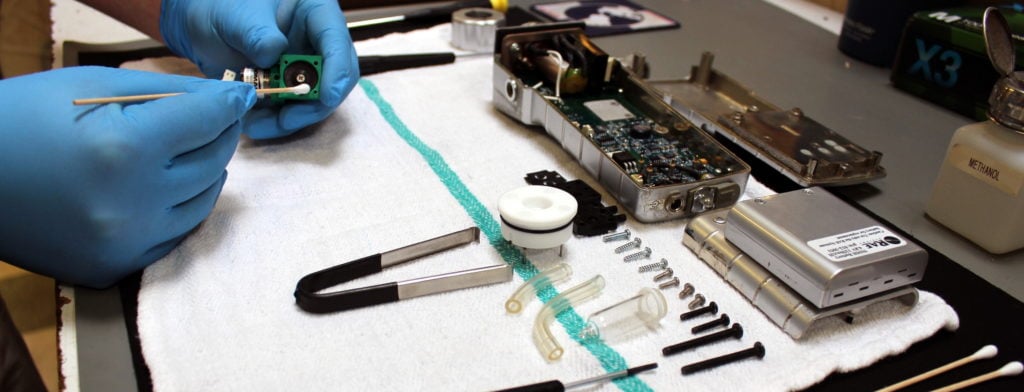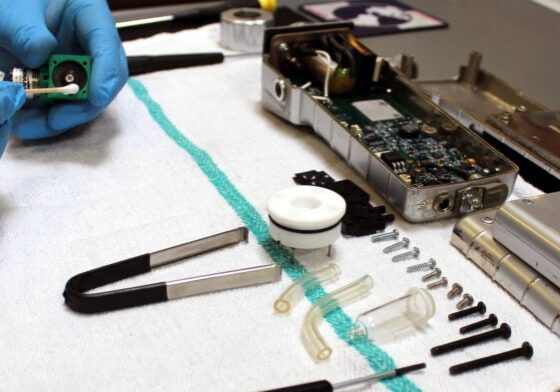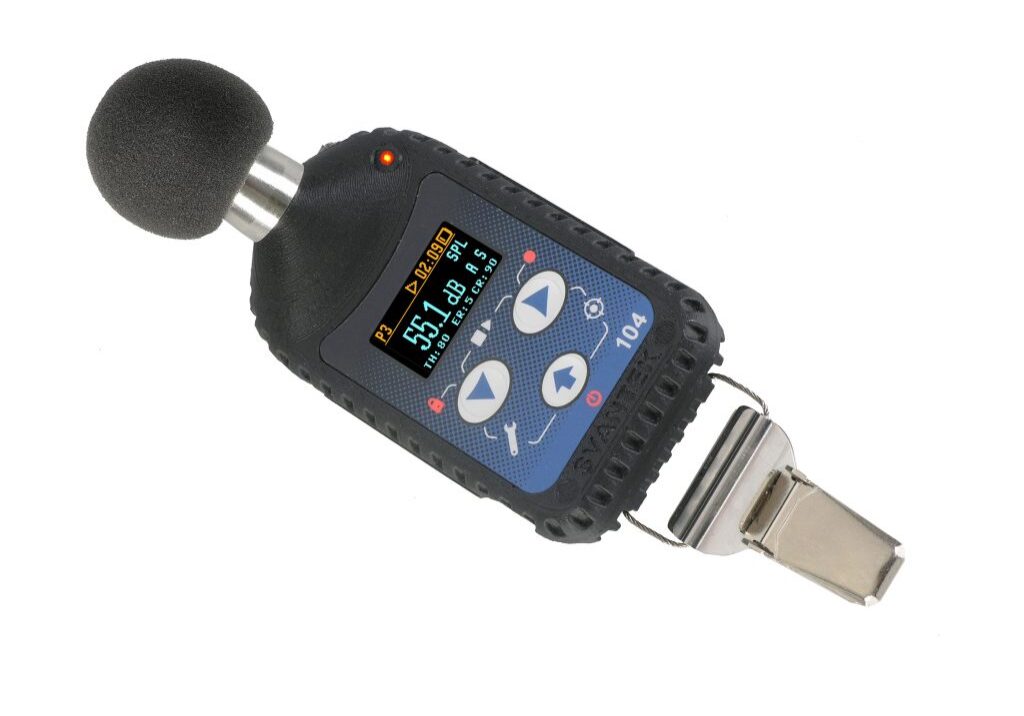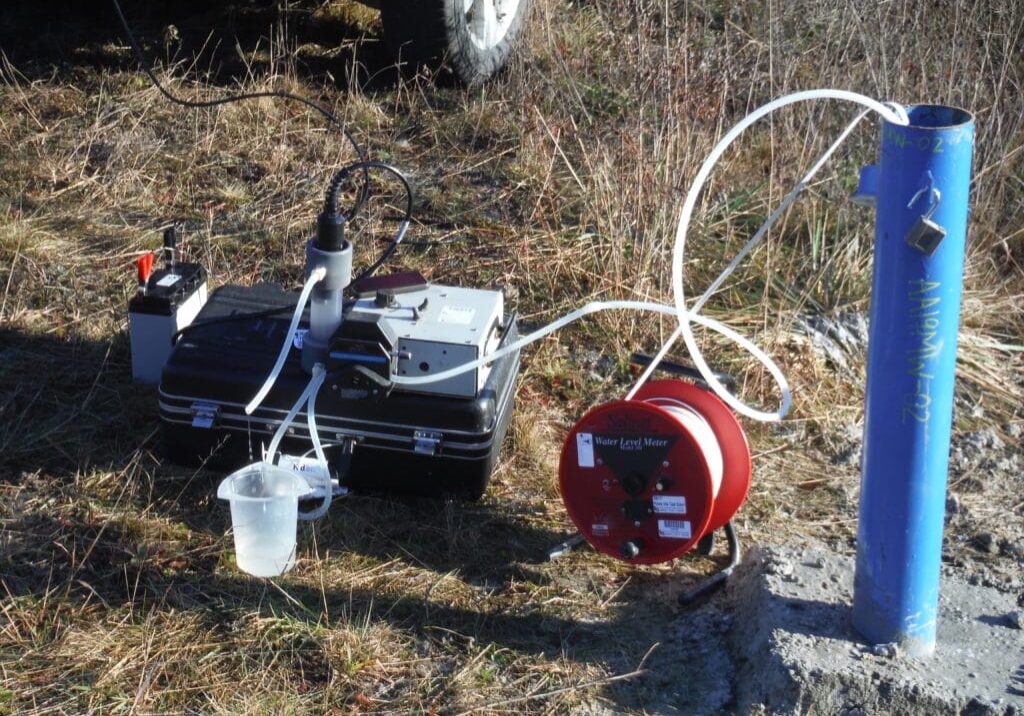Basic Care of Photoionization detectors for Best Performance
Photoionization detectors, also known as Pid’s, are essential for your VOC monitoring practices.
Check your Photoionization detectors (PID) Before Each Job
They should be checked before each job to get accurate results. Connect the unit to gas and verify the reading with the canister. Calibrate unit if it is more than 5% off.
The unit uses a pump to bring the air sample into the unit. Make sure it works by putting your finger over the probe. If it alarms, it is good; if it doesn’t, the unit should be cleaned.
What is the Most Common Repair for Photoionization detectors?
The most common repair we make here at USE is for Photoionization detectors with dirty pumps.
Moisture and humidity are the biggest enemies of the PID. They cause readings that are higher than usual. It is crucial to use the water trap filters that come with the instrument and switch them out periodically not to become saturated.
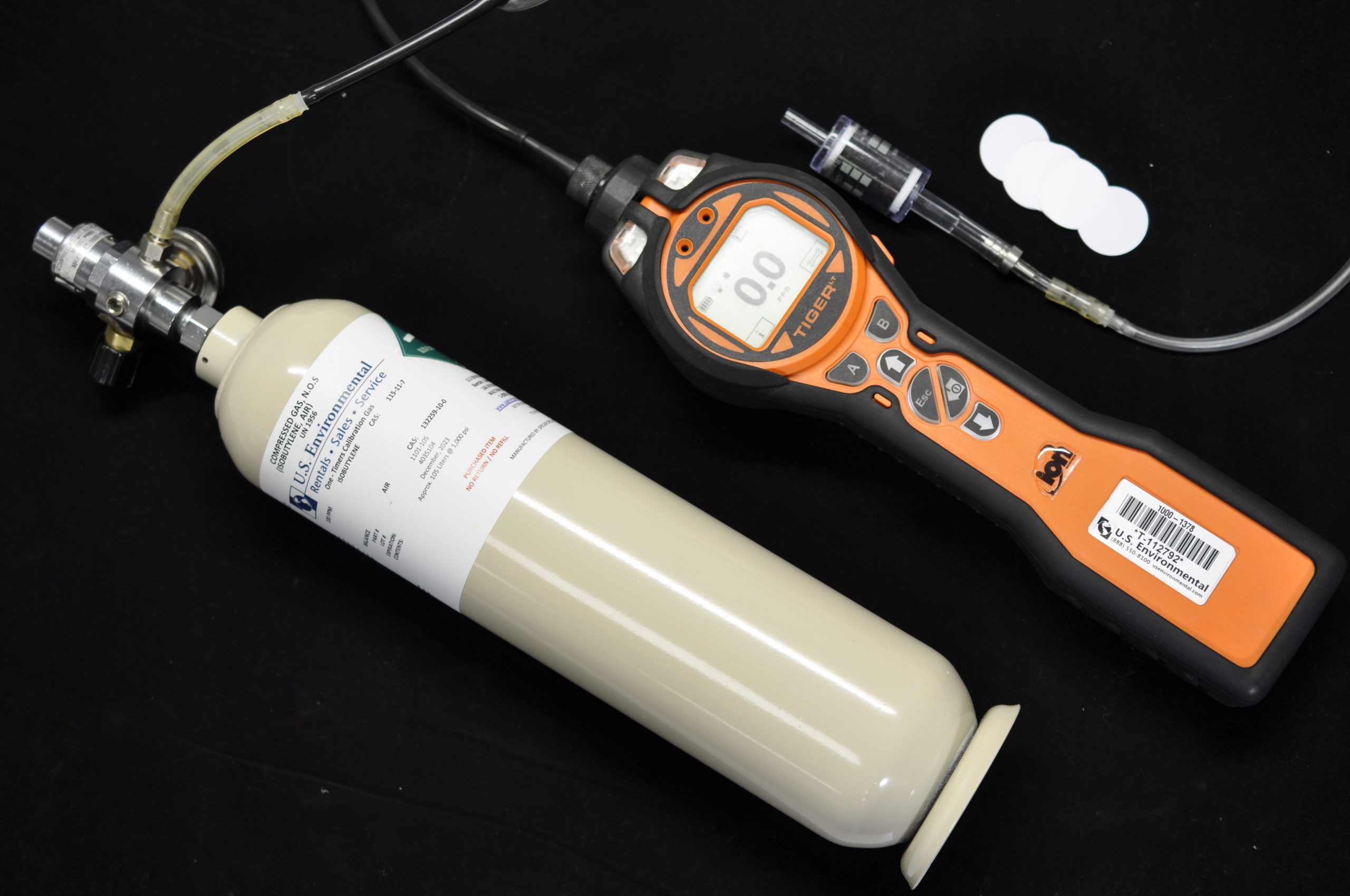
What to do if my Photoionization detectors if water enters the Unit?
If water enters the unit, it needs to be disassembled and cleaned from probe to sensor to lamp to pump.
We can solve all your PID problems at our service center or be here for you via phone or email.
We will continue to tackle other Photoionization detectors issues via this blog, so stay tuned.
Contact us If you have any questions or need help from our Photoionization detectors Service Center.
LET'S START TALKING ABOUT YOUR EQUIPMENT
We will discuss your challenges and offer you our best prices!

